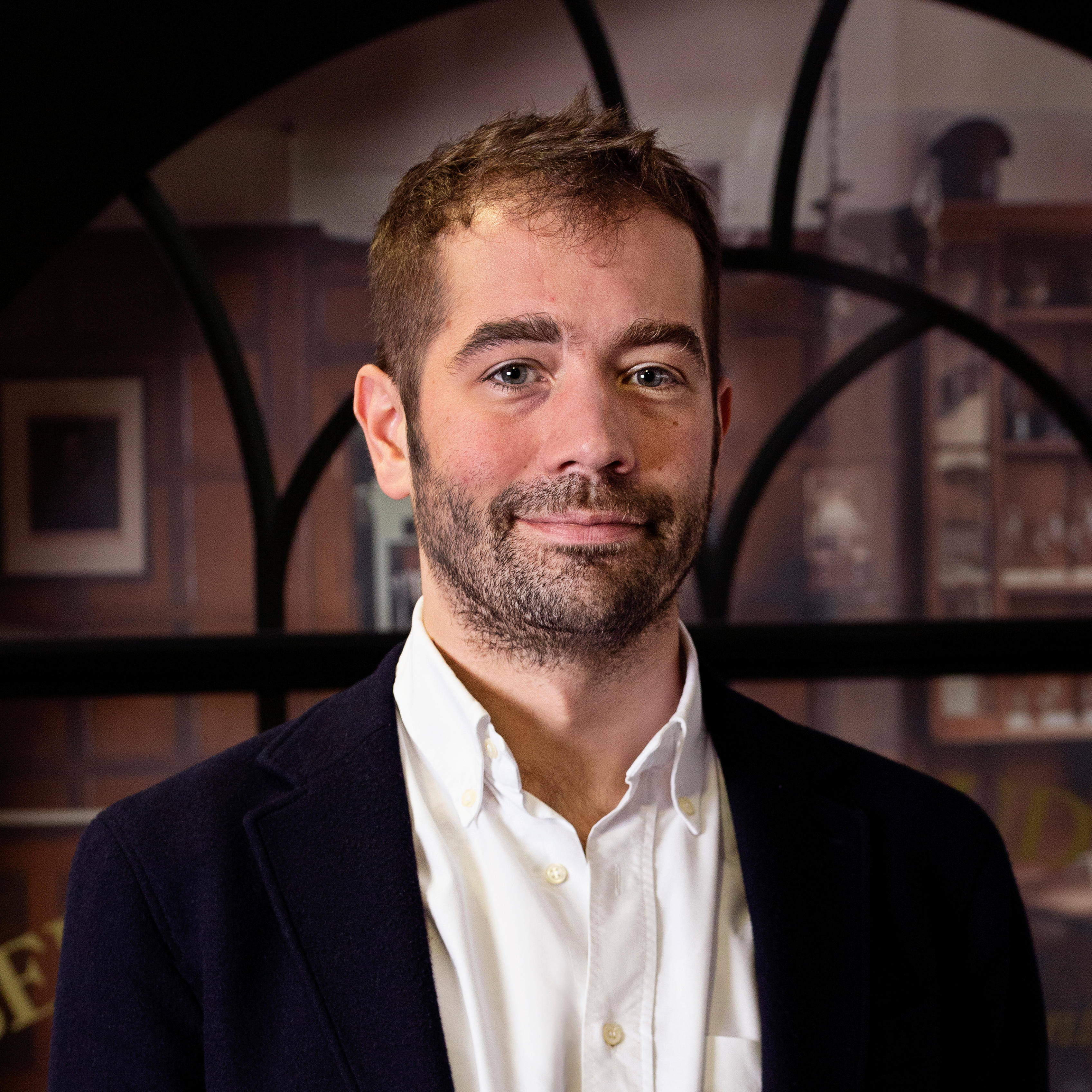From Champagne to Cava: Davy Żyw on sparkling wine
10-minute read • 12th April 2021
We speak to Davy Żyw, our Wine Buyer, about the rich and fascinating world of sparkling wine, covering Champagne, Prosecco, Cava and English sparkling wine.





